Custom Optical Windows: Tailored Solutions for Diverse Optical Applications
Created at : Sep 20 2023
Custom optical windows are specialized optical components that are designed and manufactured to meet specific requirements in various optical systems and applications. These windows are transparent plates or substrates made from optical materials such as glass, quartz, sapphire, or other materials with suitable optical properties. They are carefully engineered to transmit, reflect, or modify light in a controlled manner, depending on the needs of the optical system.
The purpose of custom optical windows can vary widely depending on the application, but some common purposes include:
- Optical Protection: Optical windows are often used to protect sensitive optical components or detectors from environmental factors such as dust, moisture, and chemicals. They act as a barrier while still allowing light to pass through.
- Optical Isolation: In some cases, optical windows are used to isolate different optical elements or components within an optical system. They can help prevent contamination, interference, or cross-talk between different parts of the system.
- Beam Steering: Custom optical windows can be designed with specific optical coatings or geometries to manipulate the direction of a light beam. This is useful in applications like laser systems, where precise control of the beam's path is required.
- Transmission and Reflection: Optical windows can be engineered to have specific transmittance and reflectance properties. For example, they can be designed to transmit certain wavelengths of light while reflecting others. This is commonly used in filters and beam splitters.
- Optical Coupling: Optical windows can be used to couple light into or out of an optical system. They are often used in conjunction with optical fibers or other optical components to facilitate efficient light transmission.
- Imaging and Focusing: In imaging systems, custom optical windows may be used as protective elements or to shape the optical path for imaging purposes. They can also be used as protective windows in cameras and imaging devices.
- Spectroscopy: Optical windows are essential in spectrometers and other spectroscopic instruments, where they need to transmit specific wavelength ranges for analysis.
- Environmental Sealing: Custom optical windows can be designed to provide hermetic sealing, making them suitable for use in extreme environments or vacuum systems.
- Calibration and Alignment: In scientific and industrial setups, optical windows can serve as reference points for calibration and alignment procedures.
Custom optical windows are typically designed with precise optical and mechanical specifications to meet the specific needs of a given application. These specifications may include factors such as material type, thickness, surface quality, coatings, and dimensions. Choosing the right custom optical window is critical to achieving the desired optical performance in various optical systems and instruments.

 CUSTOM OPTICAL FILTERS
CUSTOM OPTICAL FILTERS
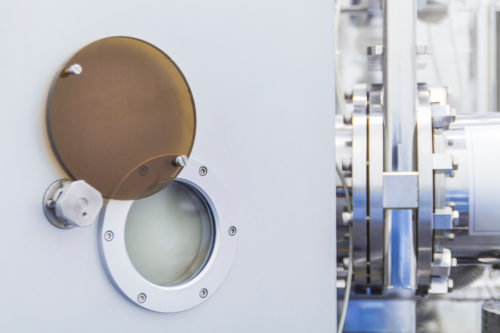 OPTICAL WINDOWS
OPTICAL WINDOWS
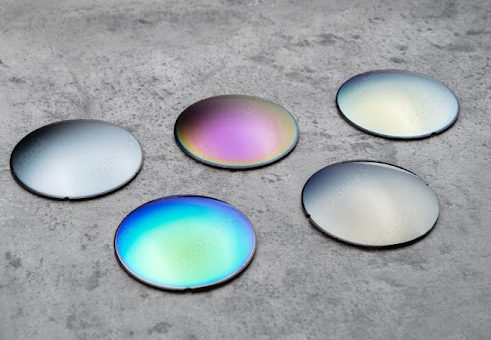 OPTICAL COATINGS
OPTICAL COATINGS
 UV OPTICS
UV OPTICS
 CYLINDRICAL OPTICS
CYLINDRICAL OPTICS
 CUSTOM TEMPERED OPTICS
CUSTOM TEMPERED OPTICS
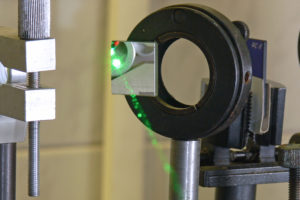 OPTICAL MIRRORS
OPTICAL MIRRORS
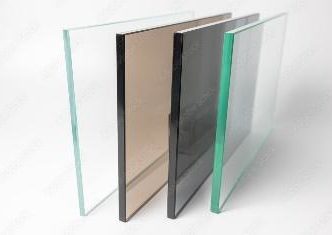 NEUTRAL DENSITY
NEUTRAL DENSITY
 PRISMS & RETROREFLECTORS
PRISMS & RETROREFLECTORS
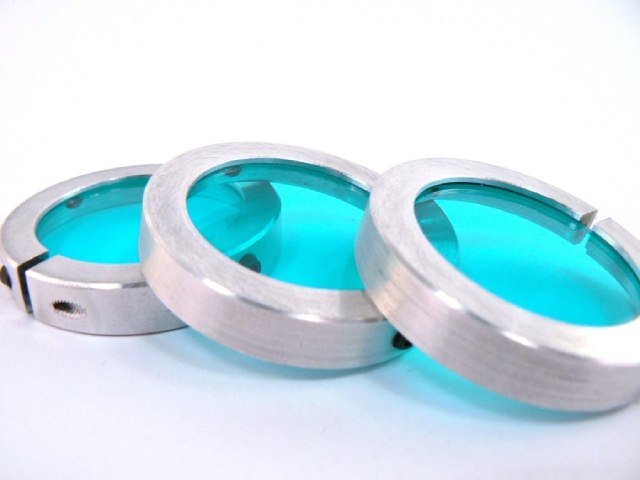 ASSEMBLIES
ASSEMBLIES
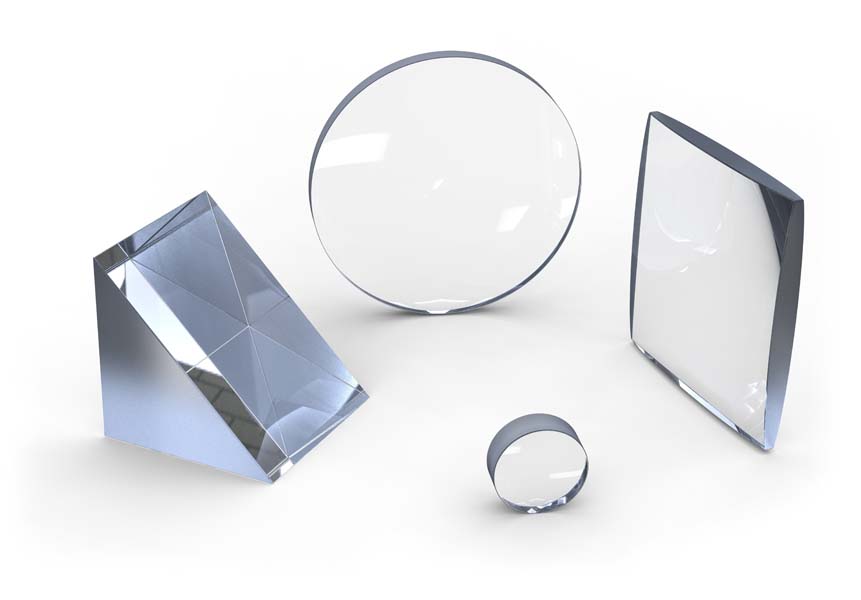 OPTICAL LENSES
OPTICAL LENSES
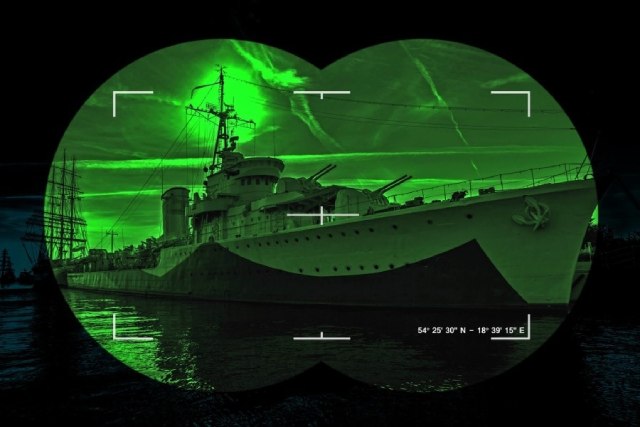 NIGHT VISION FILTERS
NIGHT VISION FILTERS
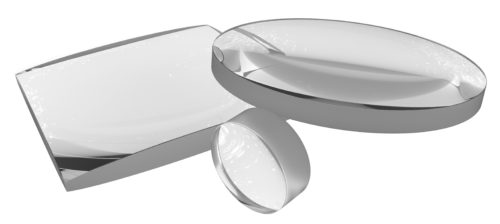 ACHROMATIC LENSES
ACHROMATIC LENSES
 OPTICAL BEAM SPLITTERS
OPTICAL BEAM SPLITTERS
